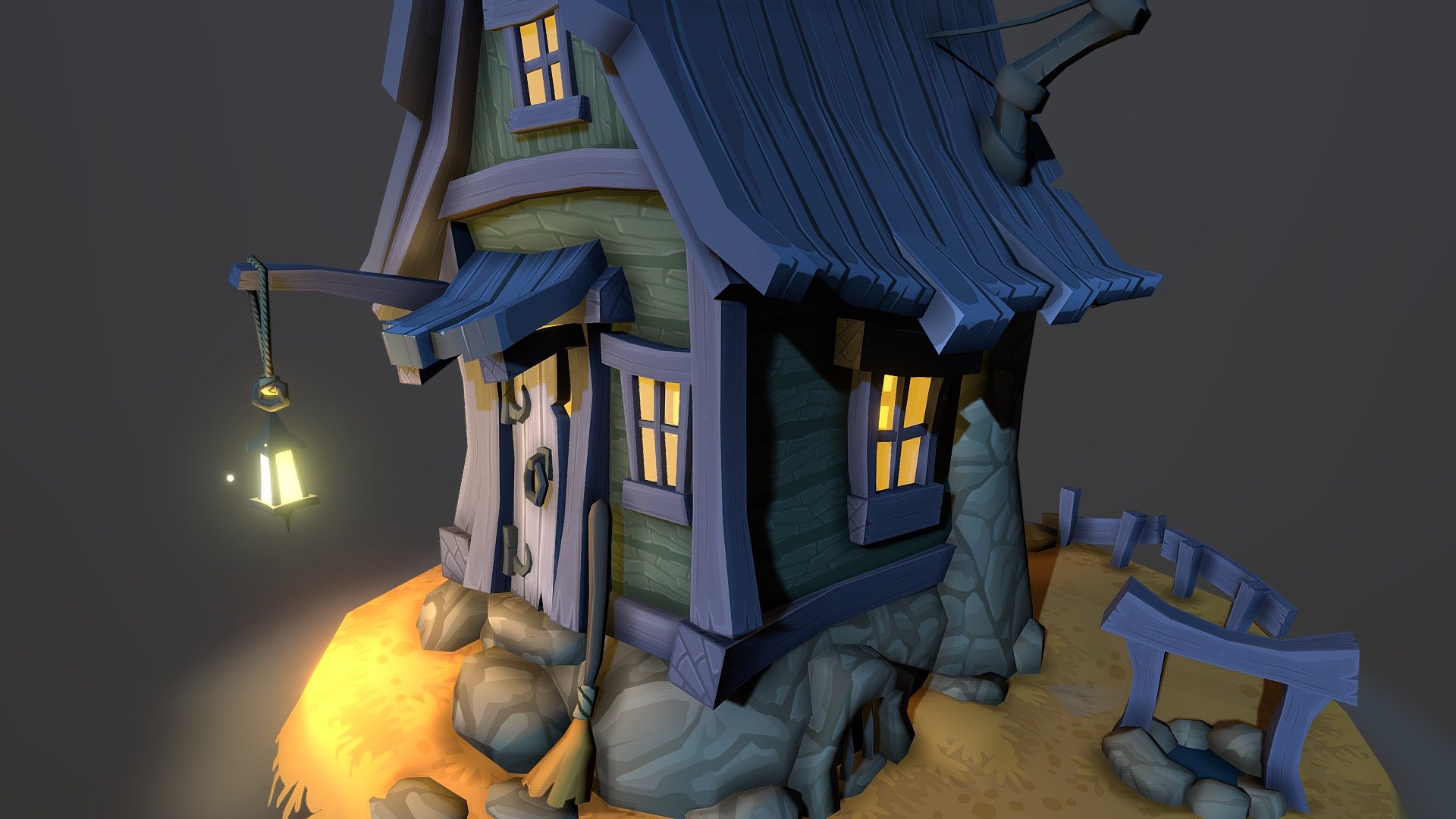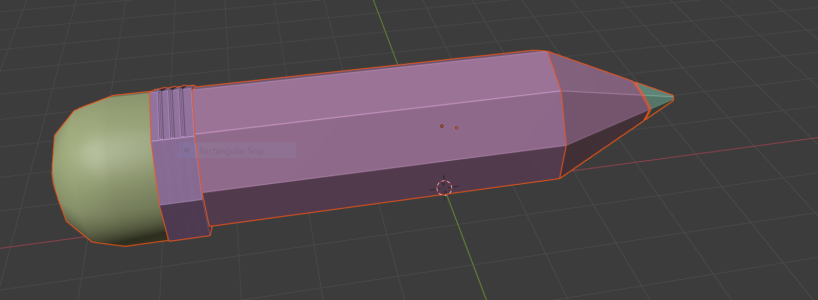It's not that I'm getting burnt out, it's that you're like a 1st year engineering student saying you want to learn the bare basics, then ask how to build a rocket capable of achieving orbit.
You really do need to learn those bare basics first. Think of what you want to build in its most basic shapes. Like what are stratified rocks? They're basically just long, thin rectangles stacked on top of each other.
So how would you create a mesh that looks like that? Stack some rectangles on top of each other!
Though that's a little too simple. What if you want to change the shape, make it look more pushed and eroded? You can run some loop cuts through a plane, bevel them so you get a nice little split, inset them, run some other loop cuts across them, then push the verts around to shape it.
Want to go farther than that? You can throw a multires modifier on your model, subdivide it 4-5 times, go into sculpt mode, and bang out some fine details.
Now, how are you gonna make this into a game ready object? Do you know how to bake a mesh to a texture yet? Do you know how to bake down a model?
There's so, so, SO much you have to build upon that starting at the photorealistic end of things will just overwhelm you. In a lot of ways, it's like drawing. You can try try to sketch out a portrait, but if you don't know how to break things down to their basic shapes, it's gonna be a difficult thing for you to do.
Think about what you want to make. Think about the shape. Bang out that basic shape. After that, think about the details. What are their basic shapes? How can you make those? Would it work better as a texture, or a model?
Right now, it's best to think of your project in a piecemeal manner. Make your cliff wall with a cave in it. Low poly. Nothing fancy. Like this...
View attachment 11578
Once you get that down, start adding in more details with loop cuts, bevels, and whatnot...
View attachment 11579
Now that you have the bare basics, why not try your hand at subdividing, and sculpt in some details?
View attachment 11580
Learn how to iterate, and iterate, and iterate again. Pick one thing to focus on, then try to get it into Unreal.



